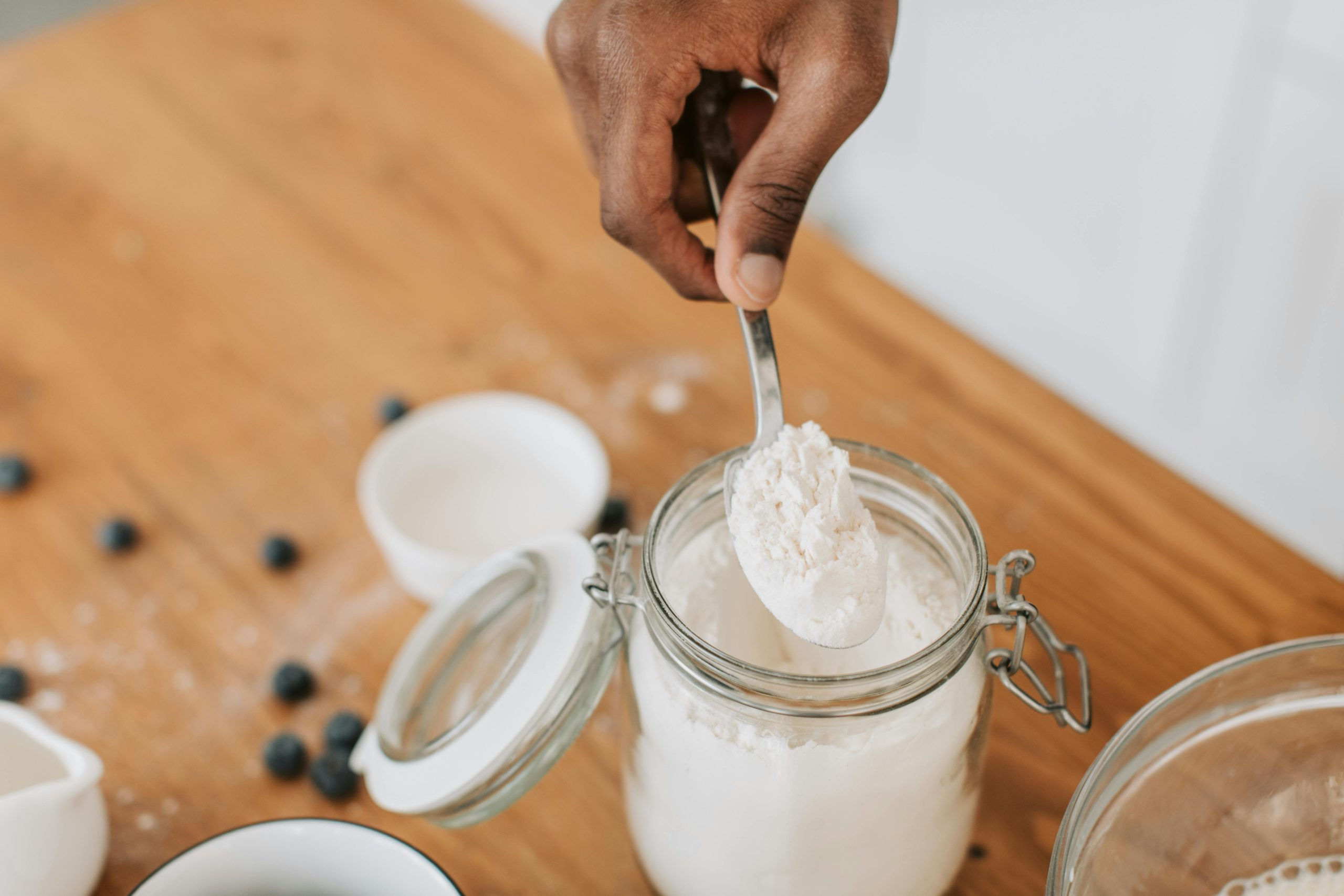Insect Flour Revolution: Baking with Cricket Protein Powder
As the world becomes more focused on sustainability and alternative sources of protein, a new trend is emerging in the culinary world: baking with insect flour. Yes, you read that right – flour made from insects. While it may sound like something out of a sci-fi movie, insect flour, specifically cricket protein powder, is quickly gaining popularity among health-conscious consumers and eco-friendly foodies. In this article, we’ll dive into the insect flour revolution and explore the benefits and possibilities of using cricket protein powder in baking.
The Rise of Insect Flour
Insects have long been a part of the diets of many cultures around the world. However, in Western societies, the idea of consuming insects has always been met with repulsion. But as global food insecurity and environmental concerns continue to rise, people are starting to look at alternative sources of protein. And insects, with their high protein content and small carbon footprint, are starting to gain recognition as a viable option.
Insect flour, made from grinding up dried and powdered insects, is becoming a popular ingredient in the health and wellness industry. Cricket flour, in particular, is gaining traction due to its sustainability and nutrient-rich profile. Not only are crickets a highly sustainable source of protein, but they are also packed with essential nutrients such as iron, calcium, and vitamin B12.
The Benefits of Using Cricket Protein Powder in Baking
Boosts Nutritional Value
One of the main benefits of using cricket protein powder in baking is the added nutritional boost. Unlike traditional wheat flour, cricket flour is high in protein, containing around 60-70% protein by weight. This makes it a valuable ingredient for those looking to increase their protein intake, such as athletes and fitness enthusiasts.
Gluten-Free and Low Carb Option
Insect flour is naturally gluten-free, making it a great alternative for those with celiac disease or gluten sensitivities. It also has a lower carbohydrate content compared to traditional wheat flour, making it a suitable option for those following a low-carb or keto diet. Additionally, cricket protein powder is high in fiber, which can help promote satiety and aid in digestion.
Contributes to Environmental Sustainability
As mentioned earlier, crickets are a highly sustainable source of protein. They require significantly less land, water, and feed compared to traditional livestock and produce fewer greenhouse gas emissions. By incorporating cricket protein powder into your baking, you’re not only improving your health but also contributing to a more sustainable food system.
Baking with Cricket Protein Powder
So how exactly can you use cricket protein powder in your baking? The possibilities are endless. You can replace a portion, if not all, of the traditional flour in your recipes with cricket flour. This will not only increase the protein content but also add a slightly nutty and earthy flavor to your baked goods. Here are a few ideas to get you started:
Cricket Flour Bread
Swap out a portion of the wheat flour with cricket flour in your favorite bread recipes. You’ll not only add extra protein but also give your bread a unique flavor and texture.
Protein-Packed Muffins
Add cricket protein powder to your muffin batter for a protein-packed breakfast or snack option. You can also top your muffins with some chocolate chips or dried fruit for an added touch of sweetness.
Cricket Flour Cookies
Who can resist a warm, freshly baked cookie? Add some cricket flour to your cookie dough for an extra protein boost without sacrificing flavor.
The Bottom Line
The insect flour revolution, specifically the use of cricket protein powder in baking, is gaining momentum for good reason. Not only does it offer numerous health benefits, but it also has a positive impact on the environment. So the next time you’re in the kitchen, consider adding some cricket flour to your recipes and join the insect flour revolution.











